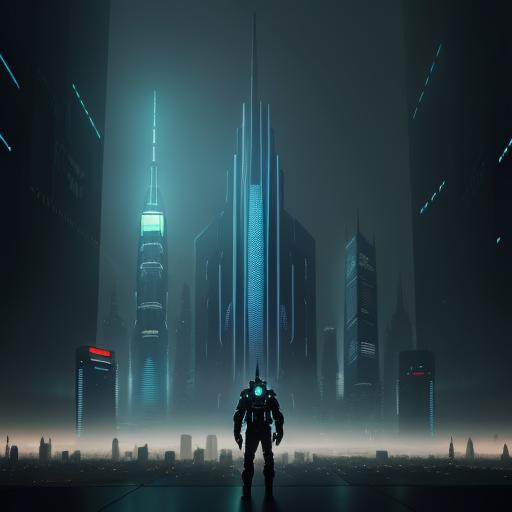Have you ever wondered what the Mona Lisa would look like as a cyberpunk heroine? Or how Van Gogh’s The Starry Night might appear if it were a real photograph? If so, you’re part of a massive global phenomenon: the drive to see classic paintings reimagined.
From professional artists creating a modern take on classic art to AI art generators churning out surreal masterpieces, the act of art recreation has exploded into a mainstream obsession. It’s a trend that bridges centuries, blending the familiar with the fantastic and asking a thrilling question: how can we see old art with new eyes?
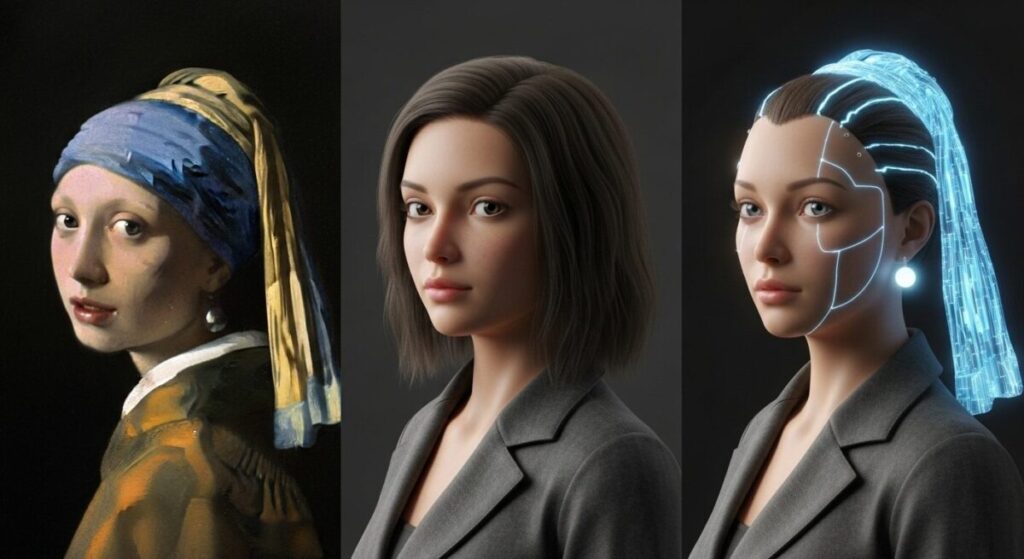
Key Takeaways: Art Reimagining Trends
• AI Revolution: Modern AI tools like Midjourney and DALL-E are democratizing art recreation, allowing anyone to reimagine masterpieces
• Social Media Driven: Platforms like Instagram and TikTok fuel viral art recreation challenges and parody trends
• Cultural Accessibility: Reimagined art makes classical works more relatable to diverse, modern audiences
• Popular Subjects: Mona Lisa, The Starry Night, American Gothic, and The Scream dominate recreation attempts
• Style Diversity: From cyberpunk to anime, pop art to photorealism – every artistic style gets applied to classics
• Educational Value: Art recreation helps people engage with art history in interactive, memorable ways
• Commercial Growth: The art recreation market spans from viral content to professional commissioned works
Why Are We So Obsessed with Reimagining Famous Art?
The urge to reinterpret the classics isn’t new, but its current scale is unprecedented. The appeal lies in a perfect blend of three powerful psychological drivers:
Familiarity and Nostalgia: Works like American Gothic or Girl with a Pearl Earring are part of our collective cultural wallpaper. We know them instantly. Reimagining them feels like hearing a brilliant cover of your favorite song—the core melody is there, but the new arrangement makes you appreciate it in a completely different way.
The Power of Parody and Mashup: Many reinterpretations are a form of famous art parody. Placing Shrek and Fiona in the American Gothic farmhouse or turning The Last Supper into a meeting of Marvel superheroes is inherently funny and shareable. This art mashup culture thrives on social media, where cleverness and wit are king.
Accessibility and New Perspectives: For some, traditional art history can feel distant or intimidating. Seeing the Girl with a Pearl Earring reimagined as a modern woman of color or in a vibrant anime style can make the work more relatable and inclusive. It breaks down barriers and invites new audiences into the conversation.
The AI Art Revolution: How AI Reimagined Paintings Are Taking Over
Without a doubt, the single biggest catalyst in this space is the rise of powerful AI art generators like Midjourney, DALL-E 2, and Stable Diffusion. What once required hours of skilled work in Photoshop can now be generated in seconds with a simple text prompt.
This has led to an explosion of AI reimagined paintings online, raising important questions about AI art ethics in the creative community.
How AI Reimagines Famous Artworks
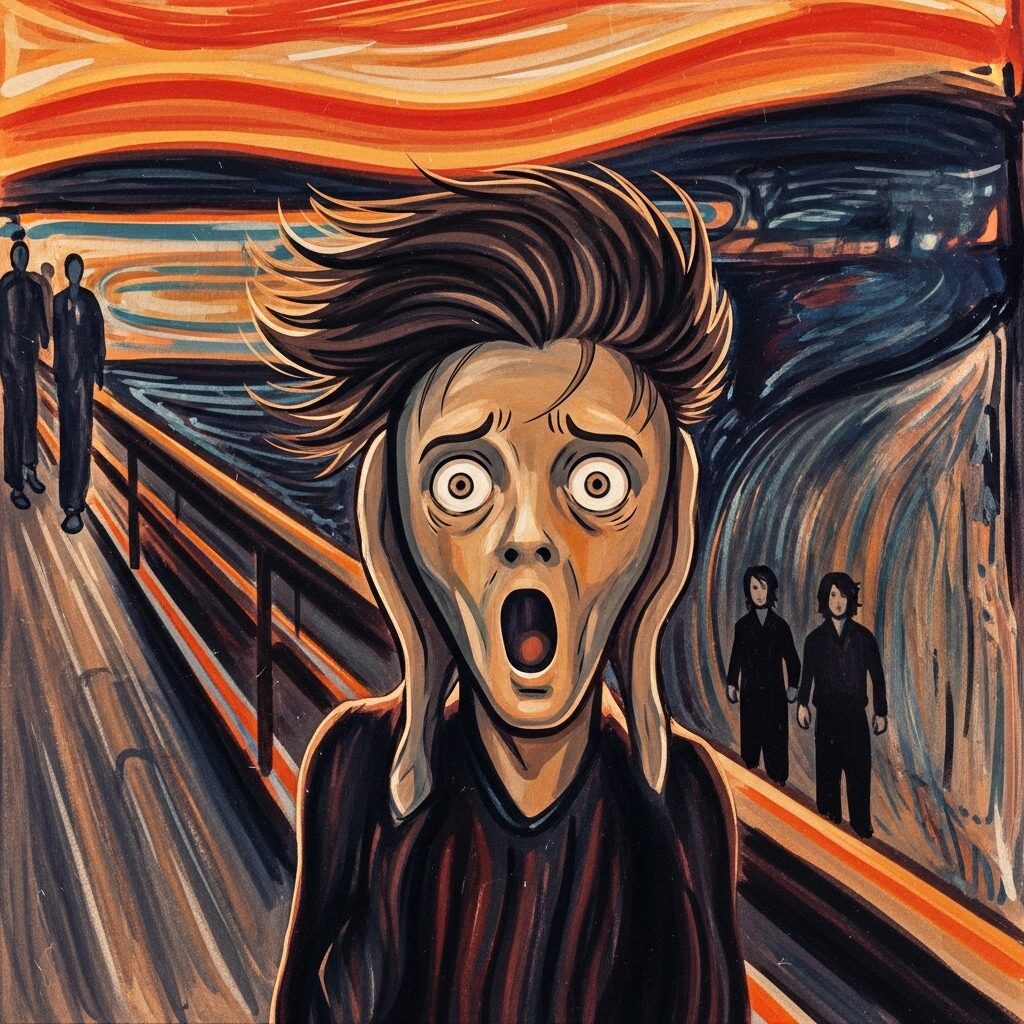
The process is both simple and mind-boggling. A user feeds the AI a “prompt,” which is a text description of the image they want. The magic happens when you combine classic art with new concepts through AI art prompt engineering.
For example, a powerful prompt might be:
“The Mona Lisa, reimagined in the style of a gritty Blade Runner movie, cinematic lighting, ultra-realistic, 8K”
“The Starry Night by Van Gogh, but as a real long-exposure photograph of a galaxy, photo by NASA”
“American Gothic painting, but the couple are skeletons with a dark twist, gothic horror style”
The AI then scours its vast training data of images and concepts to create a completely original piece of art based on that prompt. The results range from breathtakingly beautiful to hilariously absurd, and they are always unique.
Popular Art Reimagining Styles and Techniques
| Style Category | Example Approaches | Difficulty Level | Tools Required |
|---|---|---|---|
| AI Generated | Midjourney, DALL-E prompts | Beginner | AI subscription |
| Digital Art | Photoshop recreations | Intermediate | Graphics software |
| Photography | Costume recreation challenges | Beginner | Camera, props |
| Mixed Media | Collage and assemblage | Intermediate | Various materials |
| Traditional Media | Oil, watercolor reinterpretations | Advanced | Painting supplies |
| Street Art | Graffiti and mural versions | Advanced | Spray paints, permissions |
A Gallery of Famous Art Remade: The Most Popular Canvases for Reinterpretation
While any artwork can be reimagined, a few masterpieces have become the go-to subjects for reinterpretation due to their iconic status.
1. The Mona Lisa Reimagined
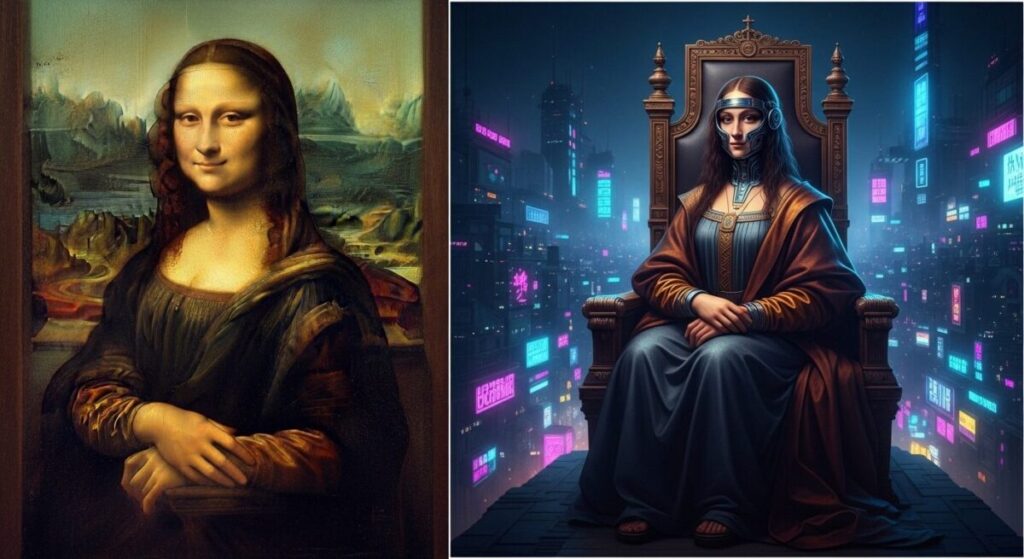
Leonardo da Vinci’s masterpiece is the undisputed queen of art recreation. Her enigmatic smile has been reinterpreted in countless ways.
Common Themes: Placing her in different time periods (a 1920s flapper, a modern-day influencer), changing her style (pixel art, cartoon, pop art), or revealing what the rest of her surroundings might look like.
High-Volume Keywords: “Mona Lisa reimagined,” “modern Mona Lisa,” “Mona Lisa AI.”
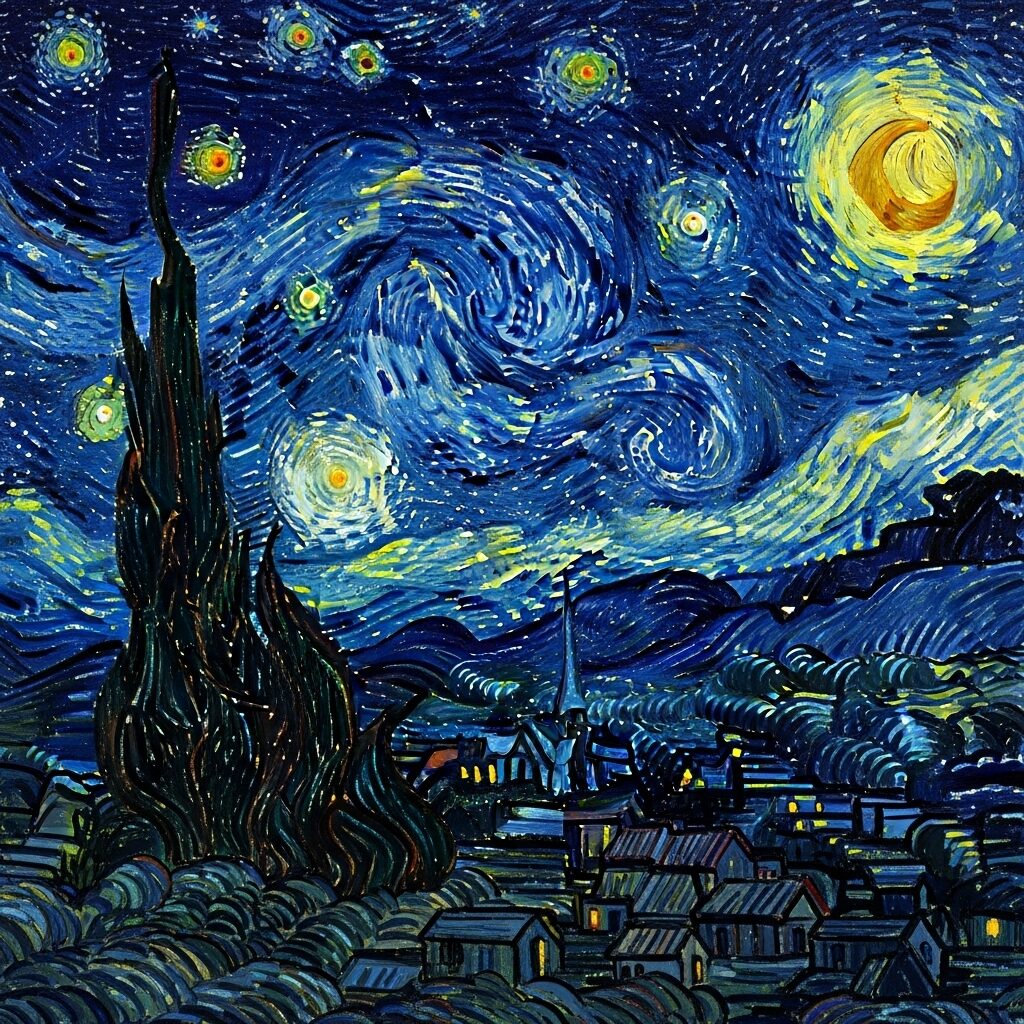
2. The Starry Night Recreated
Van Gogh’s swirling, emotional sky is a perfect canvas for stylistic experiments. Its abstract nature invites endless possibilities.
Common Themes: Turning the swirls into recognizable objects (dragons, ocean waves), seeing it made with different materials (Lego, embroidery), or using AI to render it as a real place.
High-Volume Keywords: “Starry Night recreation,” “Starry Night different styles,” “Starry Night AI.”
3. The Scream: A Modern Vision of Anxiety
Edvard Munch’s icon of existential dread feels more relevant than ever. Recreations often tap into modern anxieties.
Common Themes: Placing the screaming figure in a modern setting (a crowded subway, an office cubicle), or replacing the figure with famous pop culture characters known for their stress (like Homer Simpson or Rick Sanchez).
High-Volume Keywords: “The Scream modern version,” “The Scream parody,” “reimagined The Scream.”
4. American Gothic: The Ultimate Canvas for Parody
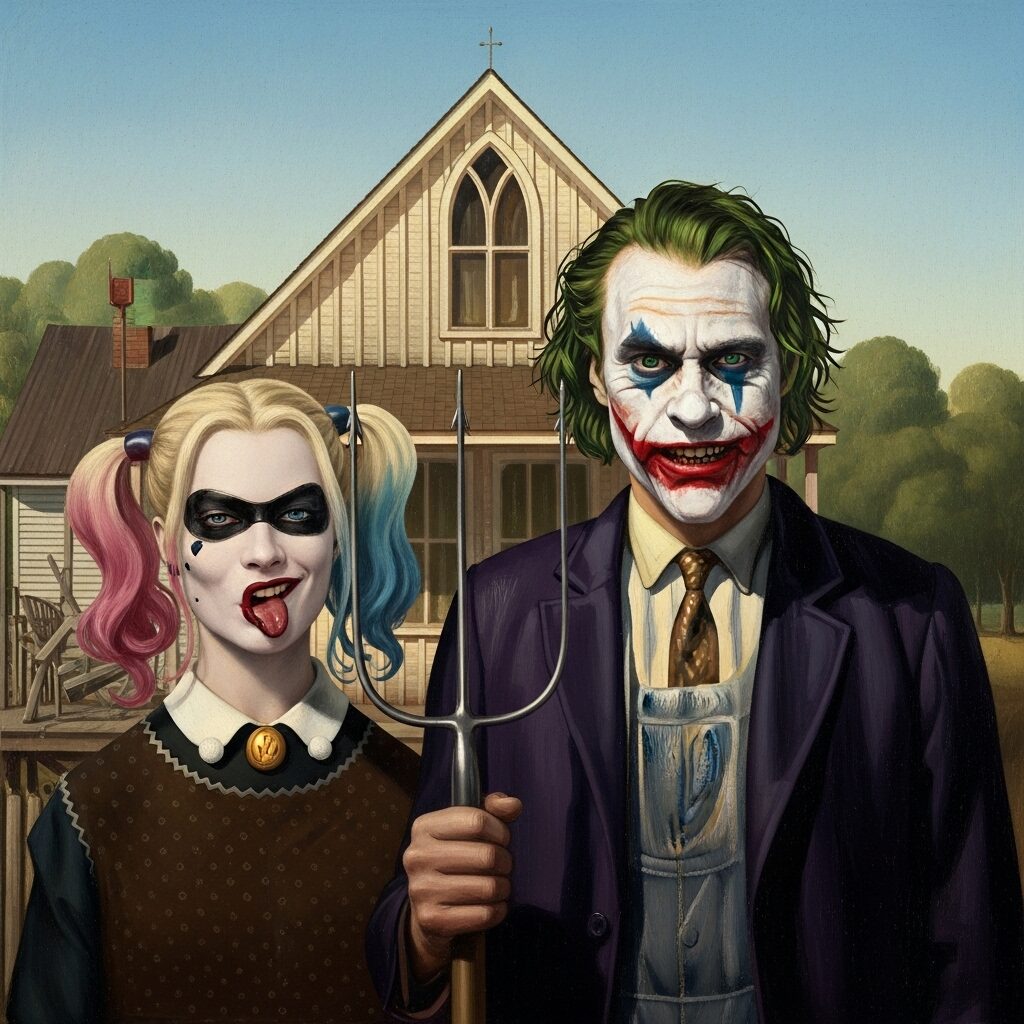
Grant Wood’s stern-faced couple is the internet’s favorite template for a famous art parody. The simple composition makes it easy to swap in new characters.
Common Themes: This is the home of the art mashup. The couple is frequently replaced by characters from Star Wars, The Simpsons, Marvel, or any other fandom. The humor comes from the juxtaposition of the serious setting with absurd characters.
High-Volume Keywords: “American Gothic parody,” “American Gothic reimagined,” “American Gothic Star Wars.”
5. Girl with a Pearl Earring Reimagined
Vermeer’s intimate and mysterious portrait is a favorite for artists who want to experiment with portraiture itself.
Common Themes: Recreating the painting with modern photography, changing the subject’s ethnicity or style to explore different standards of beauty, or using AI to imagine what she would look like if she turned to face the viewer fully.
High-Volume Keywords: “Girl with a Pearl Earring recreation,” “modern Girl with a Pearl Earring,” “Girl with a Pearl Earring AI art.”
From Pop Culture to Pixel Art: The World of Style Swaps
Beyond changing the subject, one of the most exciting areas of art recreation is the style swap. This involves keeping the composition of a famous painting but completely changing the artistic medium or genre.
Popular style swaps include:
Famous Paintings as Cartoons: Re-drawing classic scenes in the style of The Simpsons, Dragon Ball Z, or Disney.
Pop Culture Mashups: Infusing the world of Star Wars classic art or Marvel heroes into Renaissance settings.
Pixel Art & 8-Bit: Recreating masterpieces as if they were from a vintage Nintendo game.
Photorealism: Using AI or digital painting skills to imagine what these scenes would look like in real life.
Different Art Movements: Seeing what the Mona Lisa would look like if painted by Picasso (Cubism), Dali (Surrealism), or Warhol (Pop Art).
Join the Fun: How to Participate in the Art Recreation Challenge
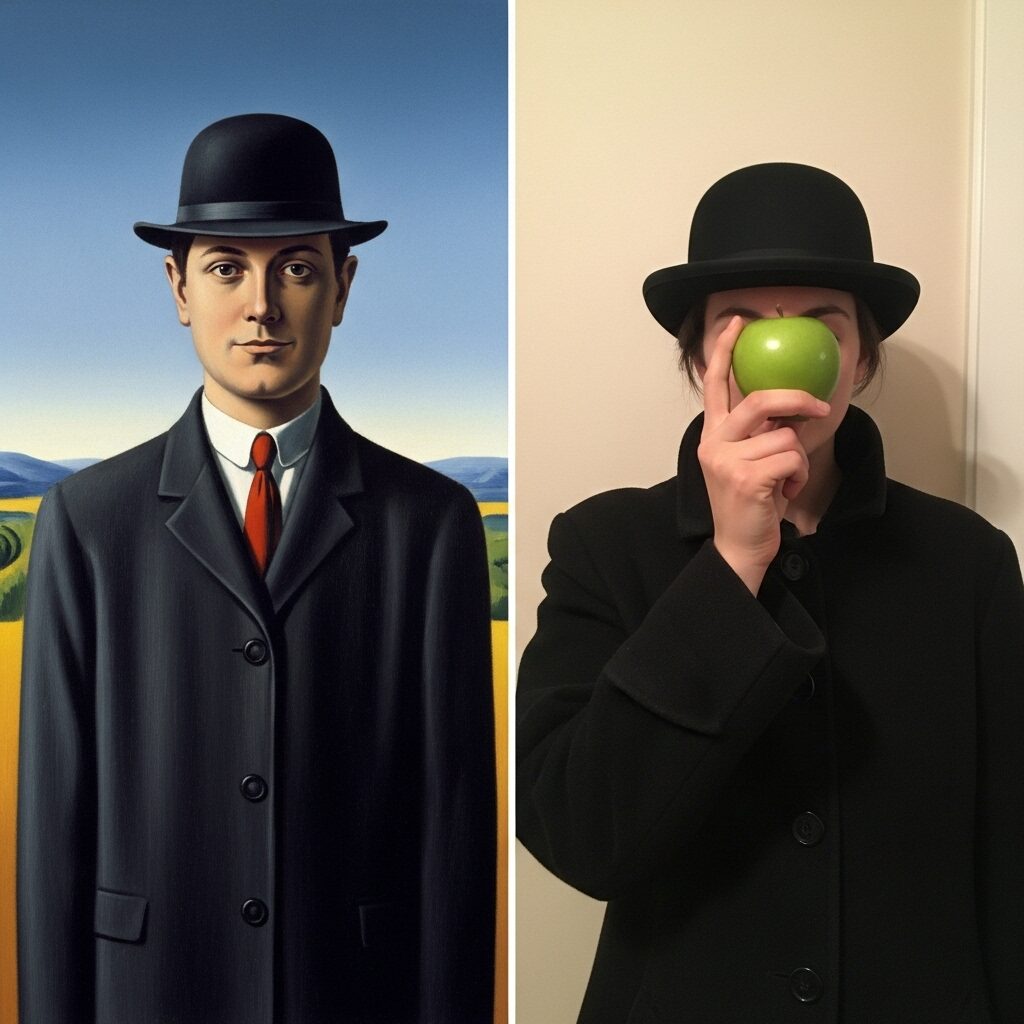
This trend isn’t just for professional artists or AI wizards. The art recreation challenge is a viral phenomenon where people use everyday objects and costumes to recreate famous paintings at home. We have made it easy with two free Reimagining Tools – first choose a famous painting from a list and apply style from another – click and you have a new masterpiece; or second a more complex tool with many options
The Getty Museum Challenge in 2020 popularized this, and it continues to be a favorite on Instagram, TikTok, and Pinterest. If you’re looking for art recreation ideas, here’s how to get started:
Choose Your Painting: Pick a well-known portrait or scene. Simple compositions work best for beginners.
Gather Your Props: Look around your house. A blue towel can become a turban, a pet can stand in for a creature, and laundry baskets can create an interesting background.
Get the Lighting Right: Try to match the direction of the light in the original painting. A simple lamp next to a window can do wonders.
Pose and Shoot: Get a friend to help you or use a self-timer. Try to match the pose and expression of the original subject.
Share It! Post your creation side-by-side with the original artwork using hashtags like #ArtRecreationChallenge, #BetweenArtandQuarantine, or #GettyMuseumChallenge.
Here are some we made earlier!
The Future of Art: A Beautiful Collision of Old and New
The movement to create reimagined artworks shows no signs of slowing down. It’s a dynamic and democratic form of cultural expression where everyone is invited to participate. Whether you’re an artist paying homage, a fan creating a hilarious art mashup, or an AI enthusiast exploring new digital frontiers, you are part of a global conversation.
This trend honors the past while rocketing it into the future. It proves that great art is not static; it is a living entity, ready to be rediscovered, reinterpreted, and reimagined by each new generation. Understanding different art movements helps us appreciate both the originals and their modern reinterpretations. So go ahead—find a classic painting and make it your own.
Frequently Asked Questions
What does it mean to reimagine a classic painting?
Reimagining a classic painting means creating a new version or interpretation of a famous artwork while maintaining recognizable elements from the original. This can involve changing the style, setting, characters, or medium while keeping the core composition or concept intact.
Is it legal to recreate famous paintings?
Yes, it’s generally legal to recreate famous paintings, especially those in the public domain (typically works created before 1928). However, be cautious with more recent works that may still be under copyright protection. Always check the copyright status and consider fair use principles.
What are the best AI tools for reimagining paintings?
The most popular AI tools for art recreation include Midjourney, DALL-E 2, Stable Diffusion, and Adobe Firefly. Each has unique strengths: Midjourney excels at artistic styles, DALL-E 2 is great for realistic interpretations, and Stable Diffusion offers more control over the generation process.
How do I start the art recreation challenge at home?
Begin with a simple, well-known painting like American Gothic or Girl with a Pearl Earring. Gather household items as props, set up lighting that matches the original, and use your phone camera. Focus on recreating the pose, expression, and basic composition rather than perfect details.
Can reimagined art be sold commercially?
This depends on several factors including the original work’s copyright status, the degree of transformation, and local laws. Works based on public domain paintings can often be sold, but always consult legal advice for commercial use. Many artists sell reimagined works under fair use or parody protections.
Why has AI art recreation become so popular?
AI art recreation has exploded due to accessibility, speed, and the democratization of artistic creation. Anyone can now create professional-looking reimagined artworks in minutes without traditional artistic training, making it appealing to a broader audience than ever before.
What makes a good art recreation?
A successful art recreation maintains recognizable elements from the original while adding meaningful new perspectives. The best recreations either provide clever commentary, showcase technical skill, or offer fresh cultural relevance that resonates with modern audiences.
How do I avoid copyright issues when reimagining art?
Focus on works in the public domain, ensure your recreation is transformative rather than merely copying, and consider fair use factors like purpose, nature of use, amount used, and market impact. When in doubt, consult copyright law or use clearly public domain works.


